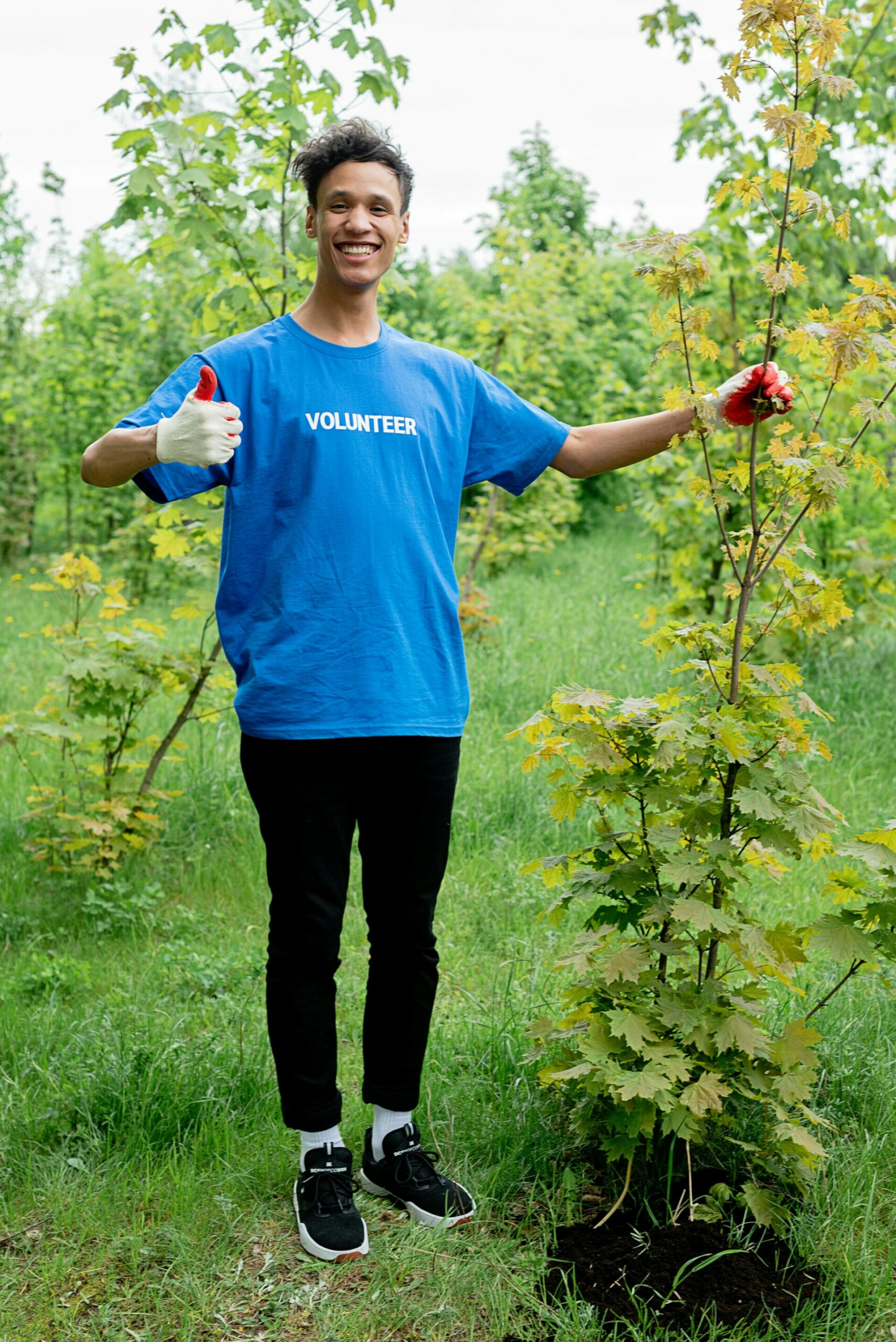
Result
Almost two thirds of German citizens can imagine doing voluntary work. The young generation of under-30s in particular is willing to volunteer for the common good. However, this potential is not reflected in the current volunteering rates, as only around one in seven Germans is actually active in voluntary projects at least once a week, compared to just over one in four every month (27%). However, almost two thirds of Germans (62%) do not volunteer at all. This discrepancy between potential and actual involvement raises questions about the reasons and obstacles that prevent many citizens from putting their interest into practice.
Reasons
The reasons for this gap between interest and actual participation are complex. One of the main reasons for the low rate of volunteering to date is the lack of time due to professional and private commitments. In addition, many people feel that they are being exploited when volunteering and criticise the lack of recognition from politicians, companies and society. As a result, the image of volunteering suffers and is often equated with charitable stink. The younger generation in particular also misses personal benefits such as perks or simply fun and community.
Forecast
Germany urgently needs more social commitment - be it in associations, political parties, trade unions, churches, schools or neighbourhoods. This need coincides with the great fundamental willingness of many citizens to get involved. How this great potential can be better utilised, what incentives and conditions can be created and by whom, needs to be analysed as quickly as possible. Building on the findings, organisations and government agencies can then provide support through targeted information campaigns and the creation of flexible opportunities for engagement that can be better integrated into everyday life. In addition, greater recognition and promotion of volunteering by employers (e.g. through career benefits), politicians (e.g. free liability insurance, tax benefits) and society as a whole must increase volunteering rates. This can then not only strengthen the sense of community, but also emphasise the individual and collective benefits of volunteering.


